- Messages
- 143
- Name
- Richard
- Edit My Images
- Yes
Trip out to the Ogwen area in Snowdonia yesterday. Weather was 'OK' - just started raining as I was climbing back down the mountain, but otherwise, not too cold ! The first is my favourite. All comments gratefully received 
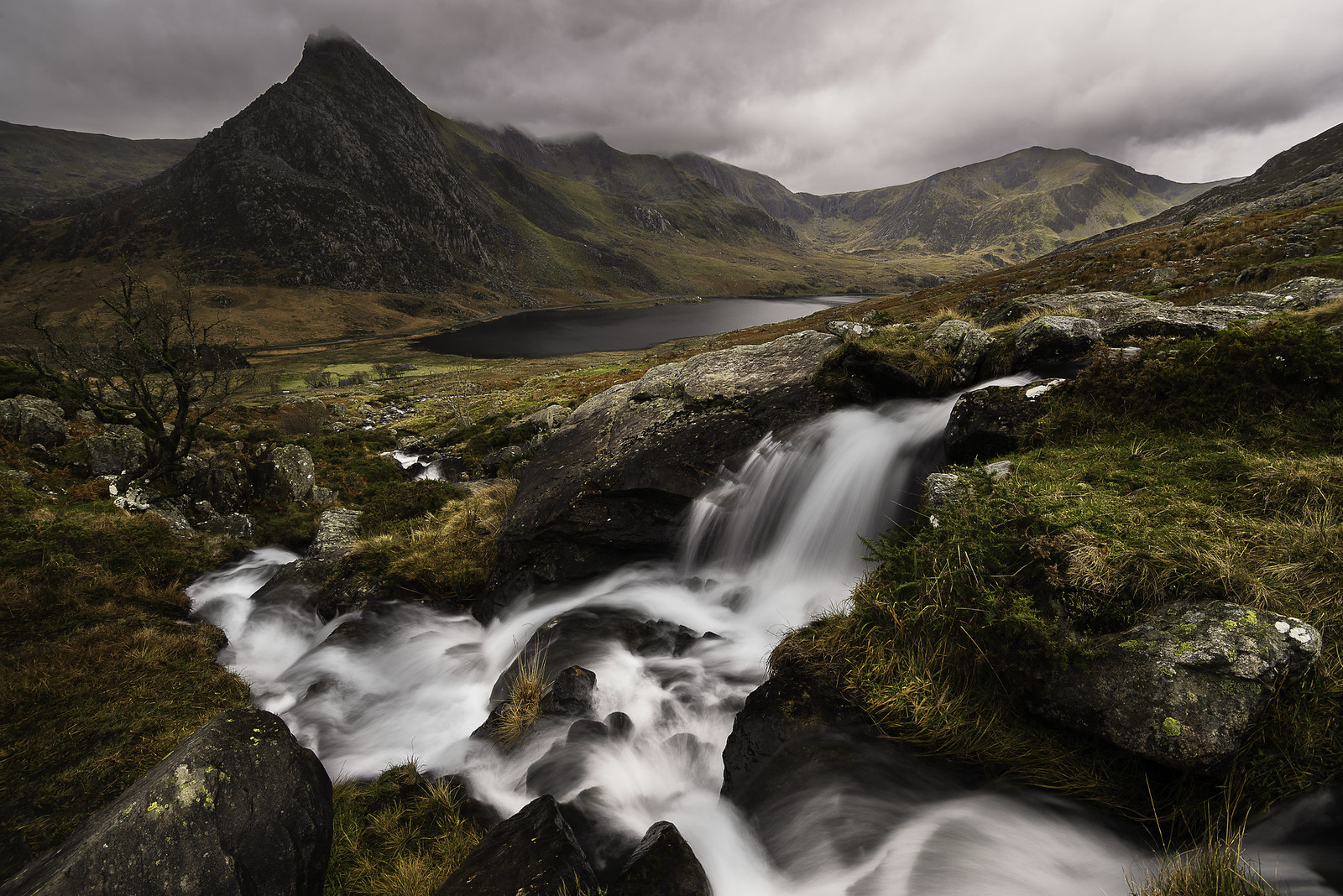 Llyn Ogwen 1 by Richard Breland, on Flickr
Llyn Ogwen 1 by Richard Breland, on Flickr
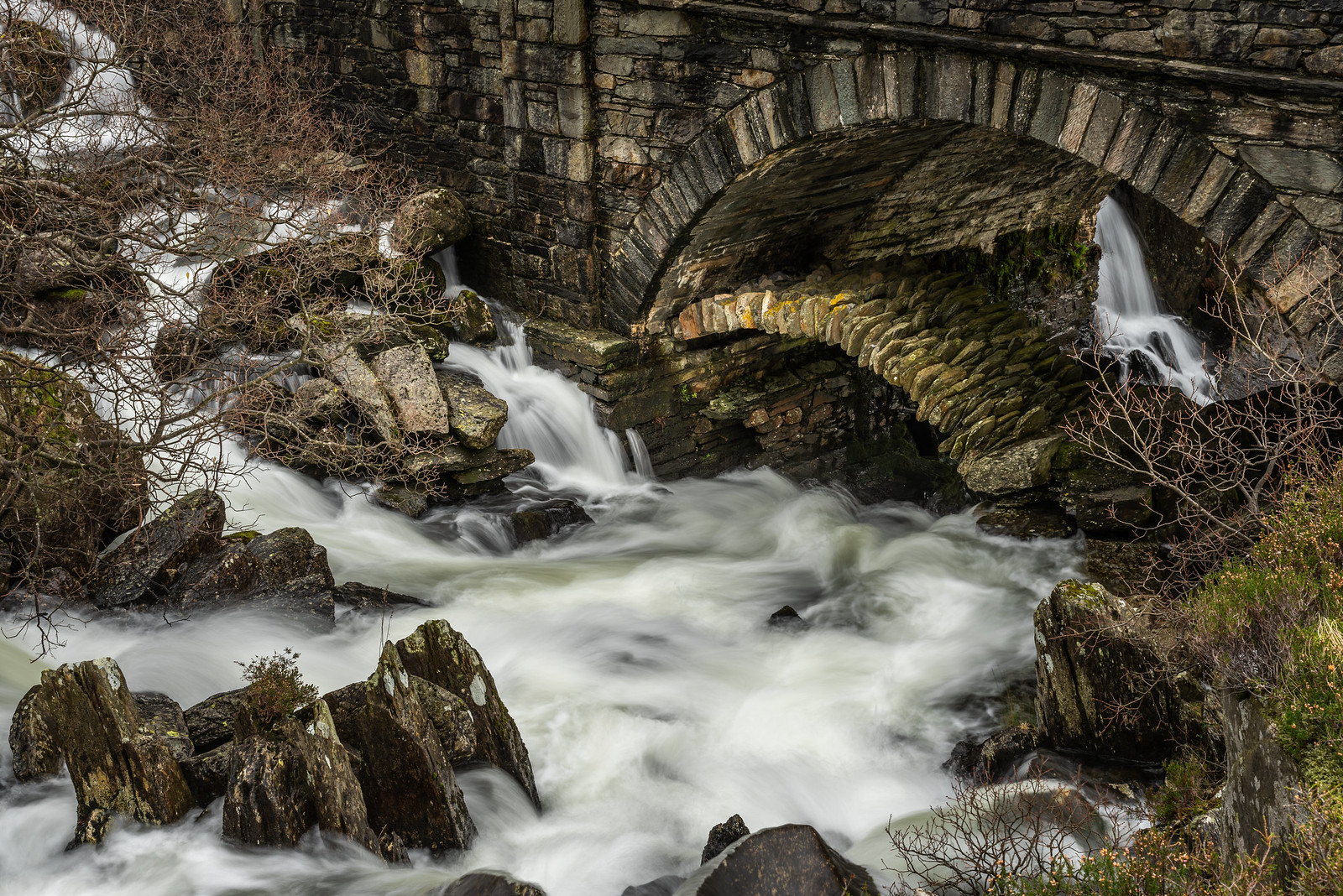 Llyn Ogwen 2 by Richard Breland, on Flickr
Llyn Ogwen 2 by Richard Breland, on Flickr
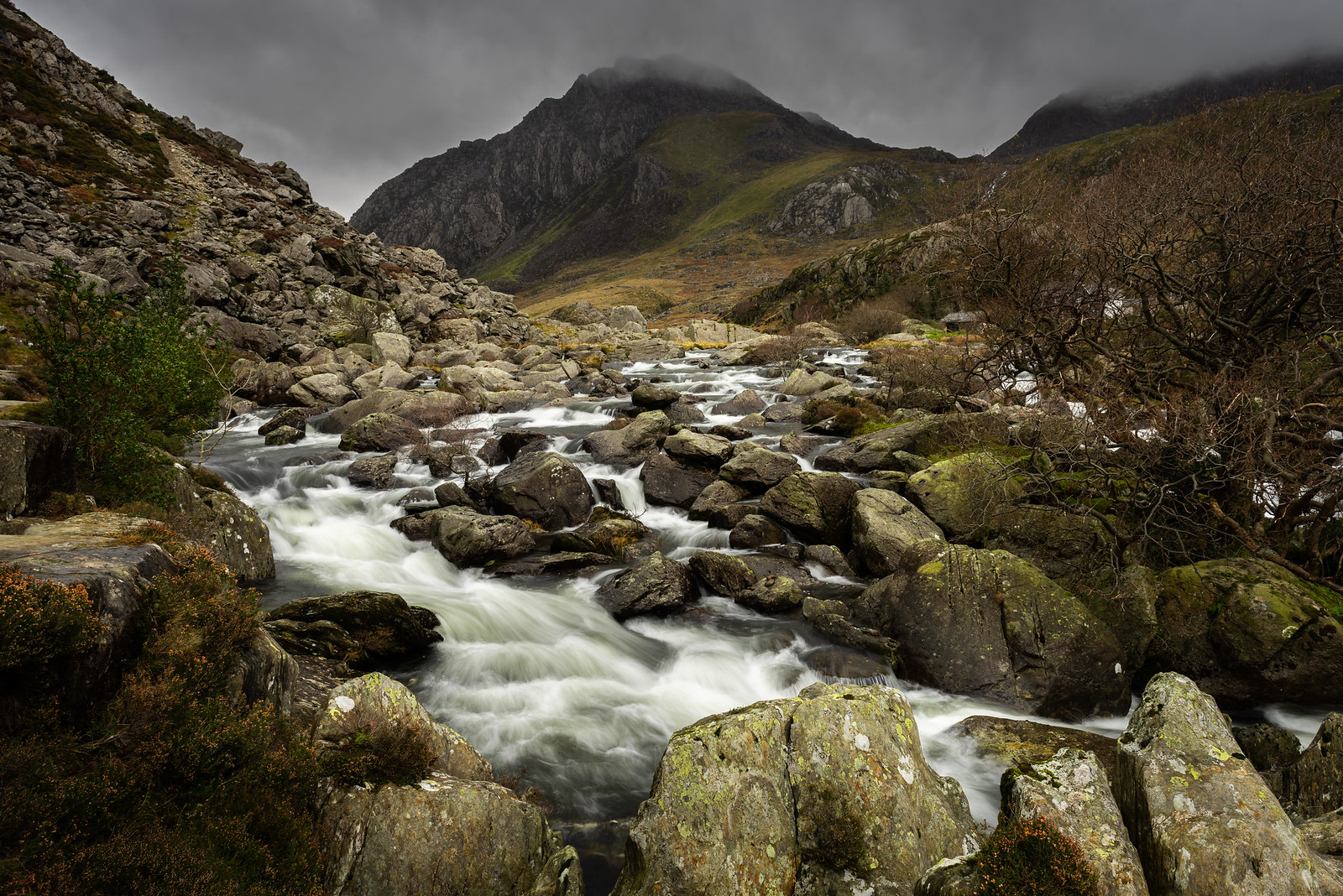 Llyn Ogwen 3 by Richard Breland, on Flickr
Llyn Ogwen 3 by Richard Breland, on Flickr
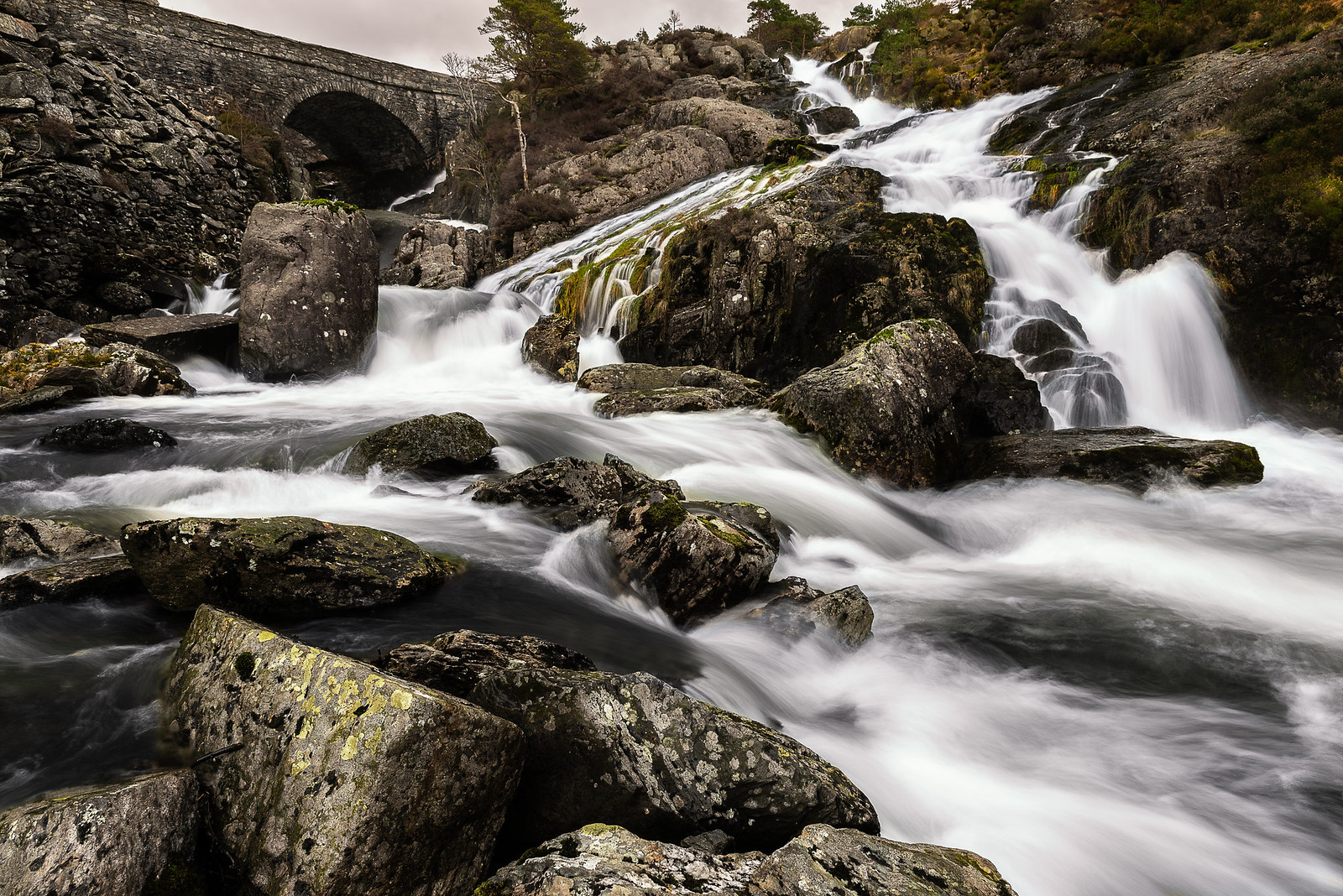 Llyn Ogwen 4 by Richard Breland, on Flickr
Llyn Ogwen 4 by Richard Breland, on Flickr
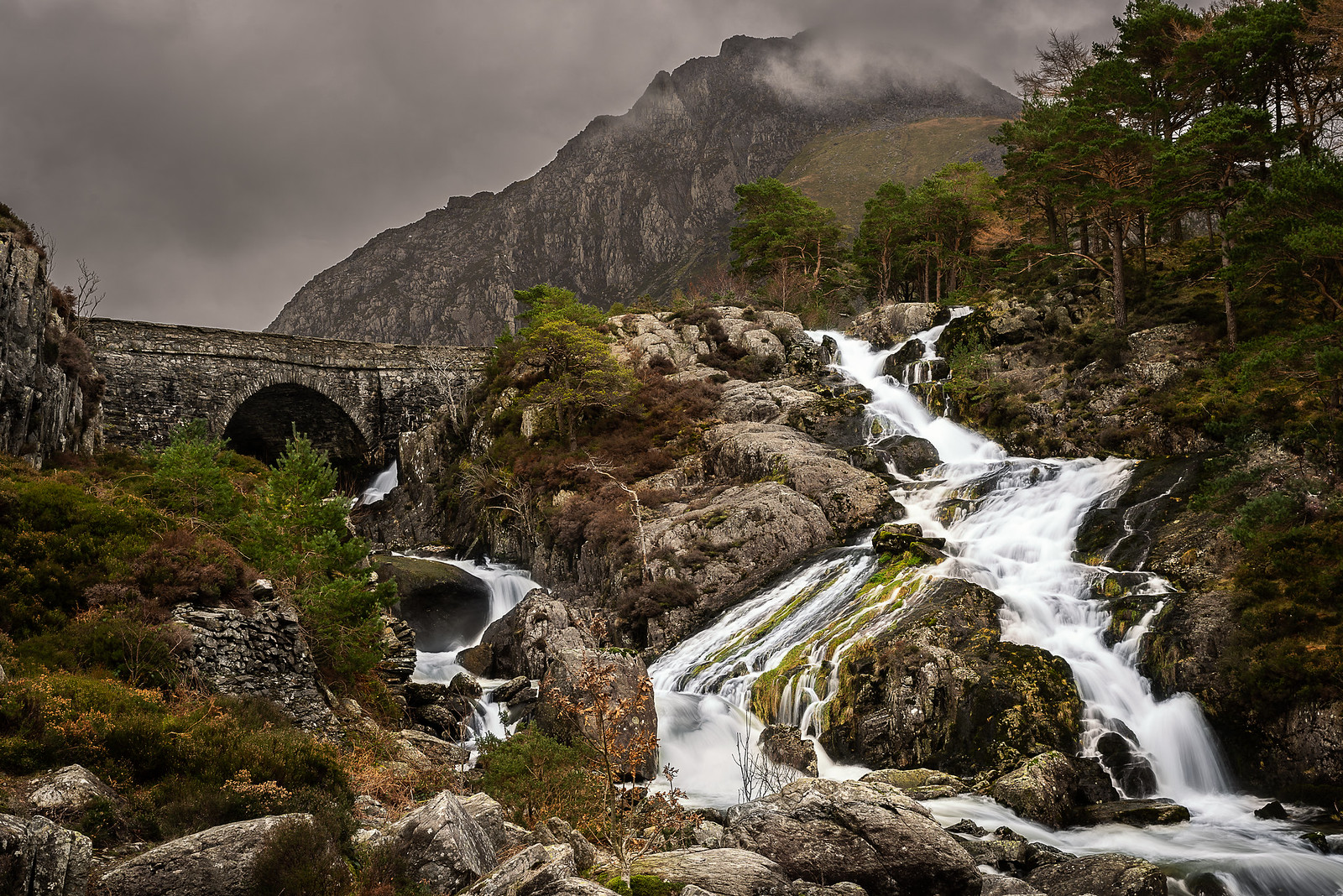 Llyn Ogwen 5 by Richard Breland, on Flickr
Llyn Ogwen 5 by Richard Breland, on Flickr
 Llyn Ogwen 1 by Richard Breland, on Flickr
Llyn Ogwen 1 by Richard Breland, on Flickr Llyn Ogwen 2 by Richard Breland, on Flickr
Llyn Ogwen 2 by Richard Breland, on Flickr Llyn Ogwen 3 by Richard Breland, on Flickr
Llyn Ogwen 3 by Richard Breland, on Flickr Llyn Ogwen 4 by Richard Breland, on Flickr
Llyn Ogwen 4 by Richard Breland, on Flickr Llyn Ogwen 5 by Richard Breland, on Flickr
Llyn Ogwen 5 by Richard Breland, on Flickr
